Space Suits US:
A Case for Ultra-thin Adjustments
... an installation for the Venice Biennale
A Case for Ultra-thin Adjustments
... an installation for the Venice Biennale
Type: Installation
Site: Venice, IT
Date: 2025
Show: 19th International Architecture Exhibition of La Biennale di Venezia
... in collaboration with Sam Hanson Sheffer, Emma Sheffer, Charles Kim, Emily Ezquerro and Jero Ezquerro
Site: Venice, IT
Date: 2025
Show: 19th International Architecture Exhibition of La Biennale di Venezia
... in collaboration with Sam Hanson Sheffer, Emma Sheffer, Charles Kim, Emily Ezquerro and Jero Ezquerro
On July 20, 1969, humankind took its first steps on the moon. As these two men placed their feet on a celestial body, the imprint they left on the surface was not quite human. The oval-shaped indent on the surface of the moon is instead evidence of a system of metal and fabric that allowed the human bodies to withstand the otherwise uninhabitable environment.
Elaborating on the science behind space suits,
SpaceSuits.US proposes a shift in material cultures and climatic solutions in architecture by leveraging the adaptability and material specificity of space suits. Drawing parallels between astronauts in extreme environments and urban dwellers facing extreme environmental shifts, the project explores how heat reflection, thermal insulation, and ultra-thin adjustments to existing buildings can provide an architectural solution for impending climatic emergencies.
Building on NASA’s material research, SpaceSuits.US features a method of tailored assembly in which the materials in question can be pinned, cinched, or draped onto leaky old houses.
Elaborating on the science behind space suits,
SpaceSuits.US proposes a shift in material cultures and climatic solutions in architecture by leveraging the adaptability and material specificity of space suits. Drawing parallels between astronauts in extreme environments and urban dwellers facing extreme environmental shifts, the project explores how heat reflection, thermal insulation, and ultra-thin adjustments to existing buildings can provide an architectural solution for impending climatic emergencies.
Building on NASA’s material research, SpaceSuits.US features a method of tailored assembly in which the materials in question can be pinned, cinched, or draped onto leaky old houses.
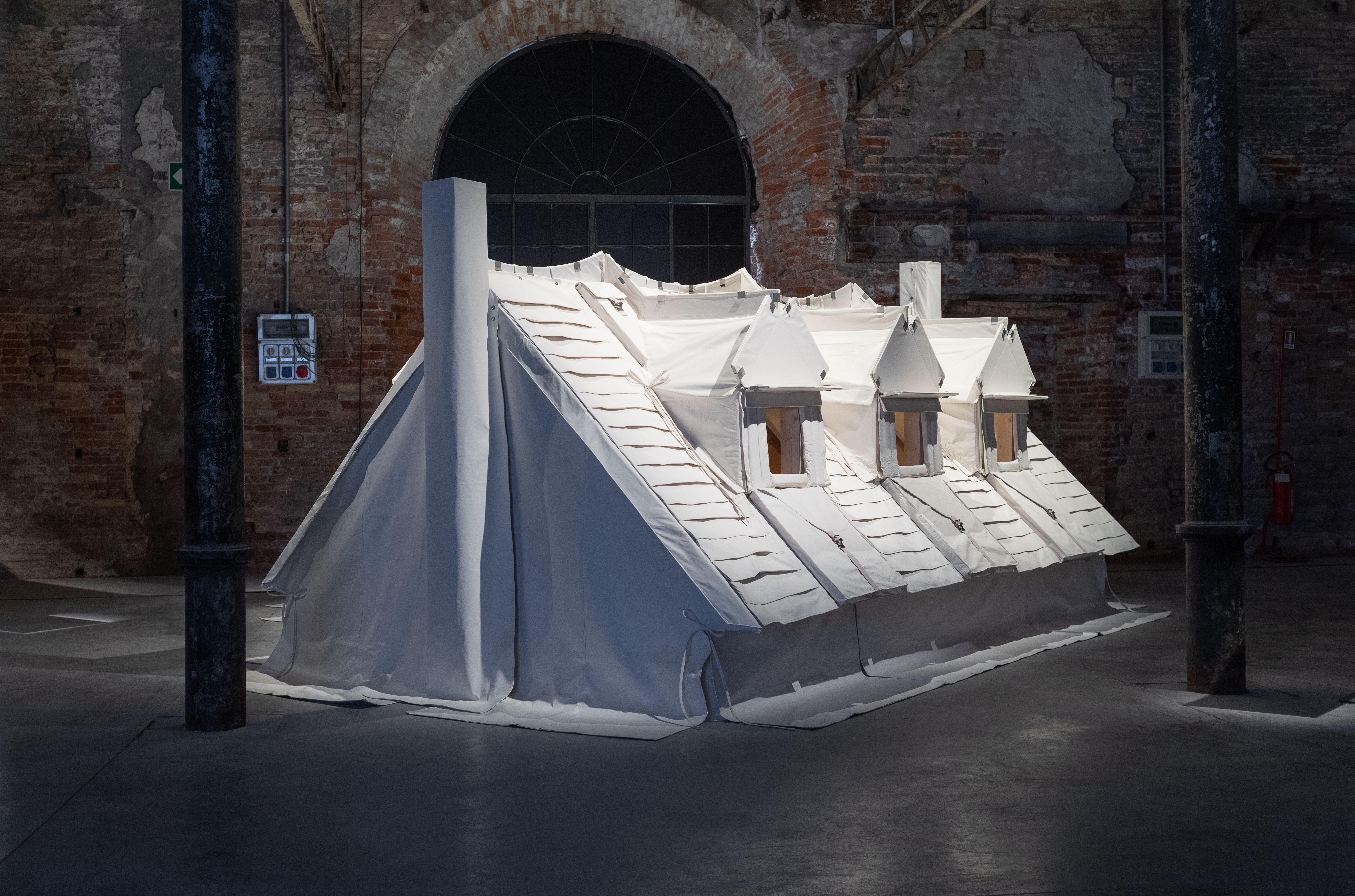
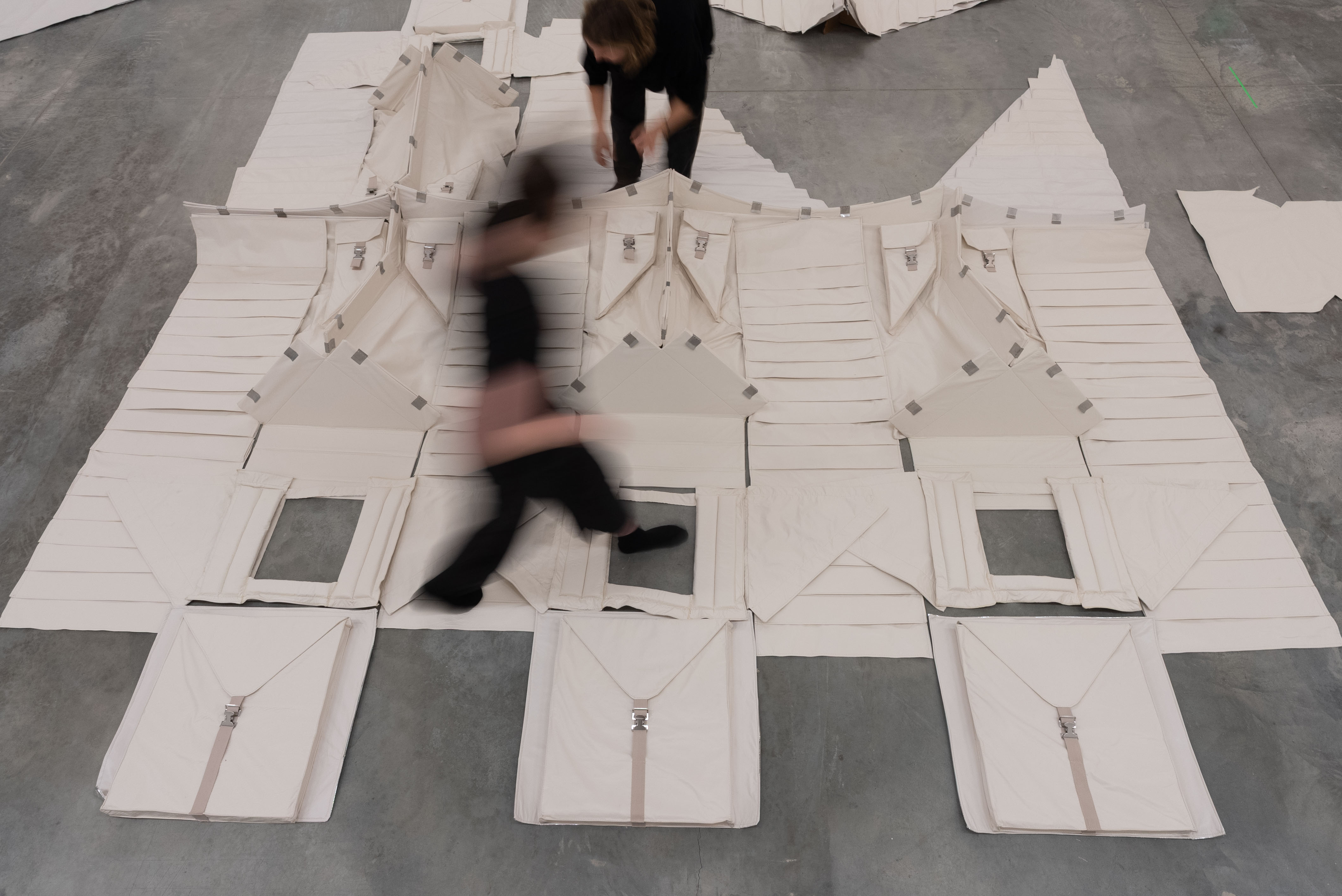
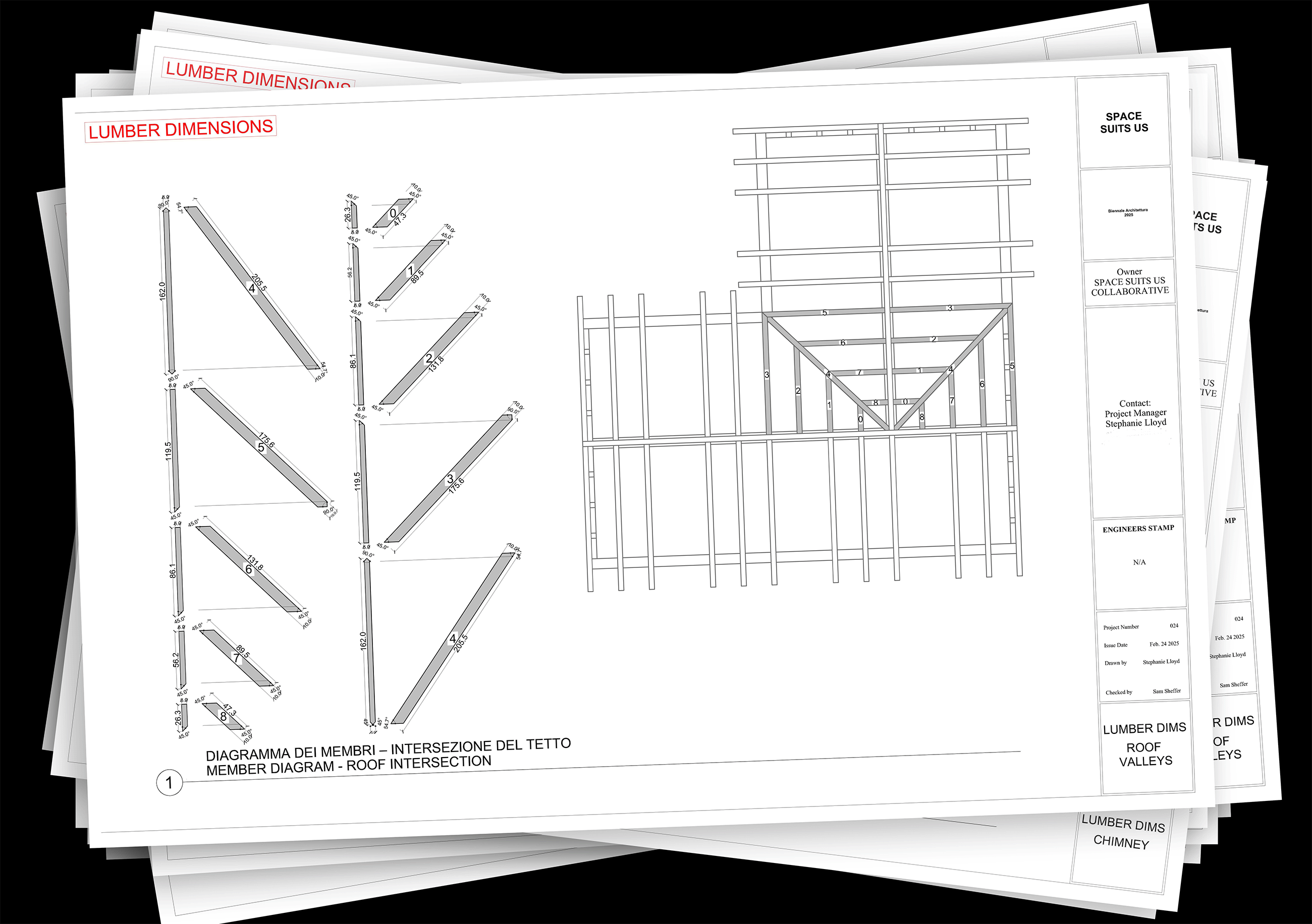
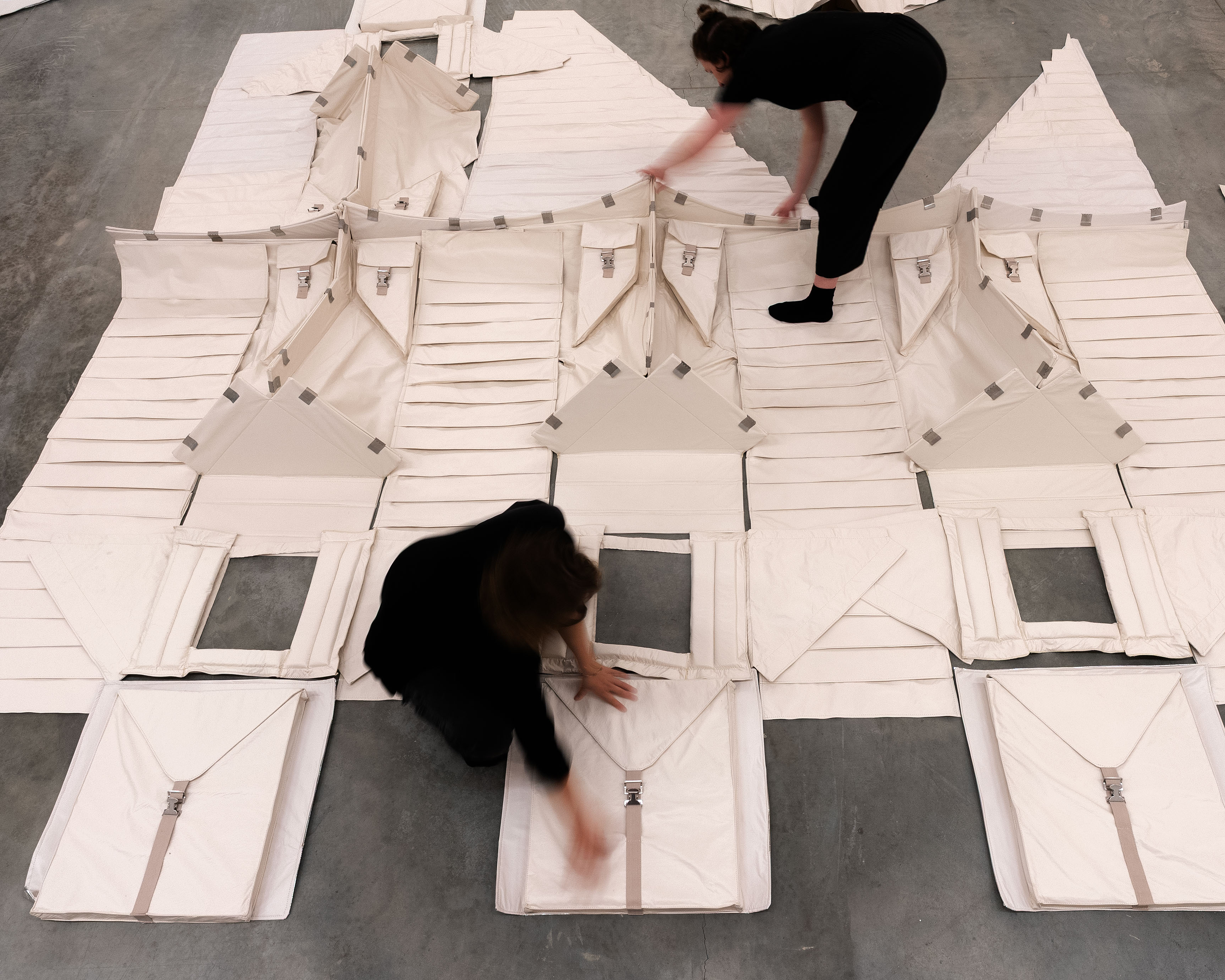


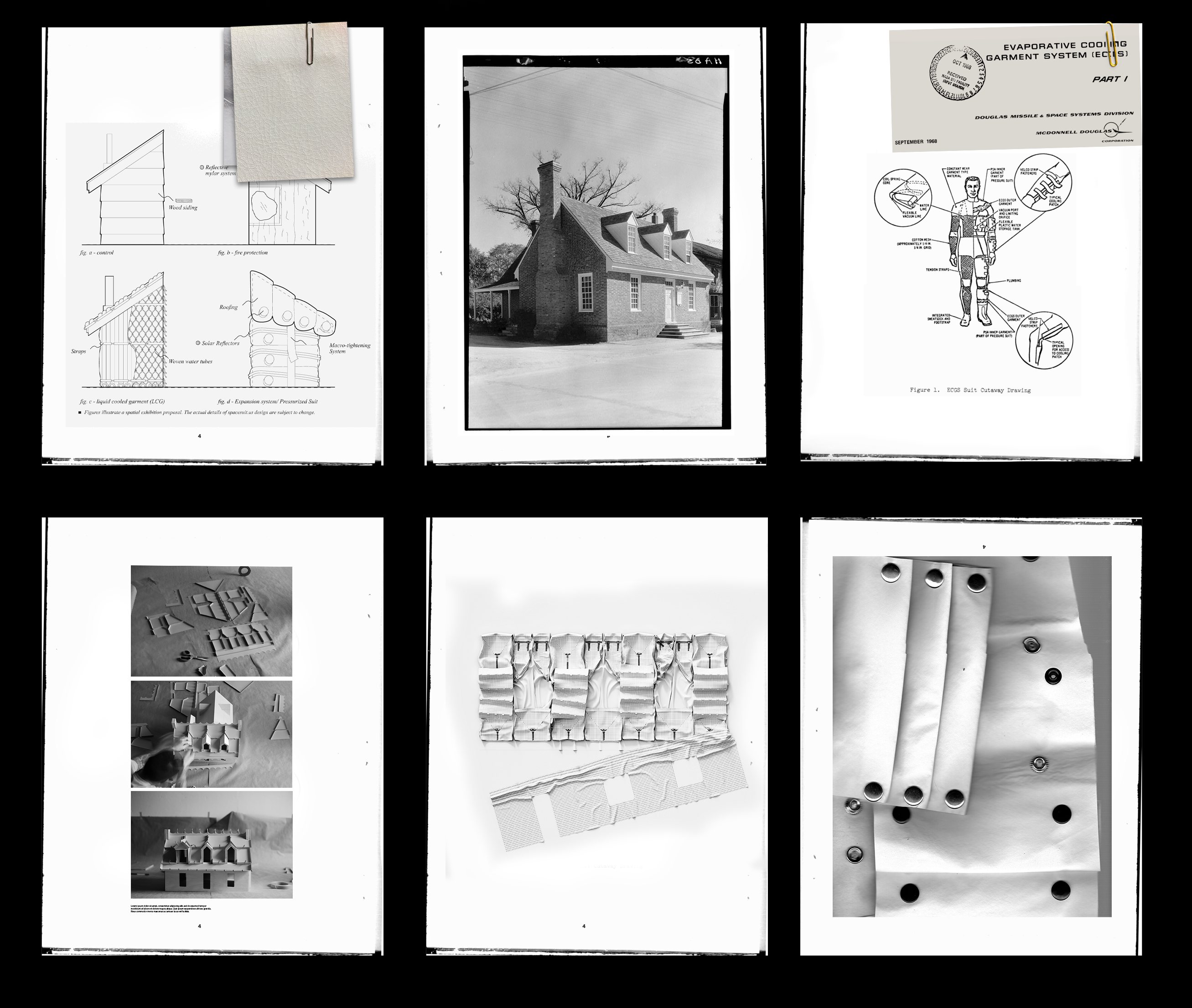
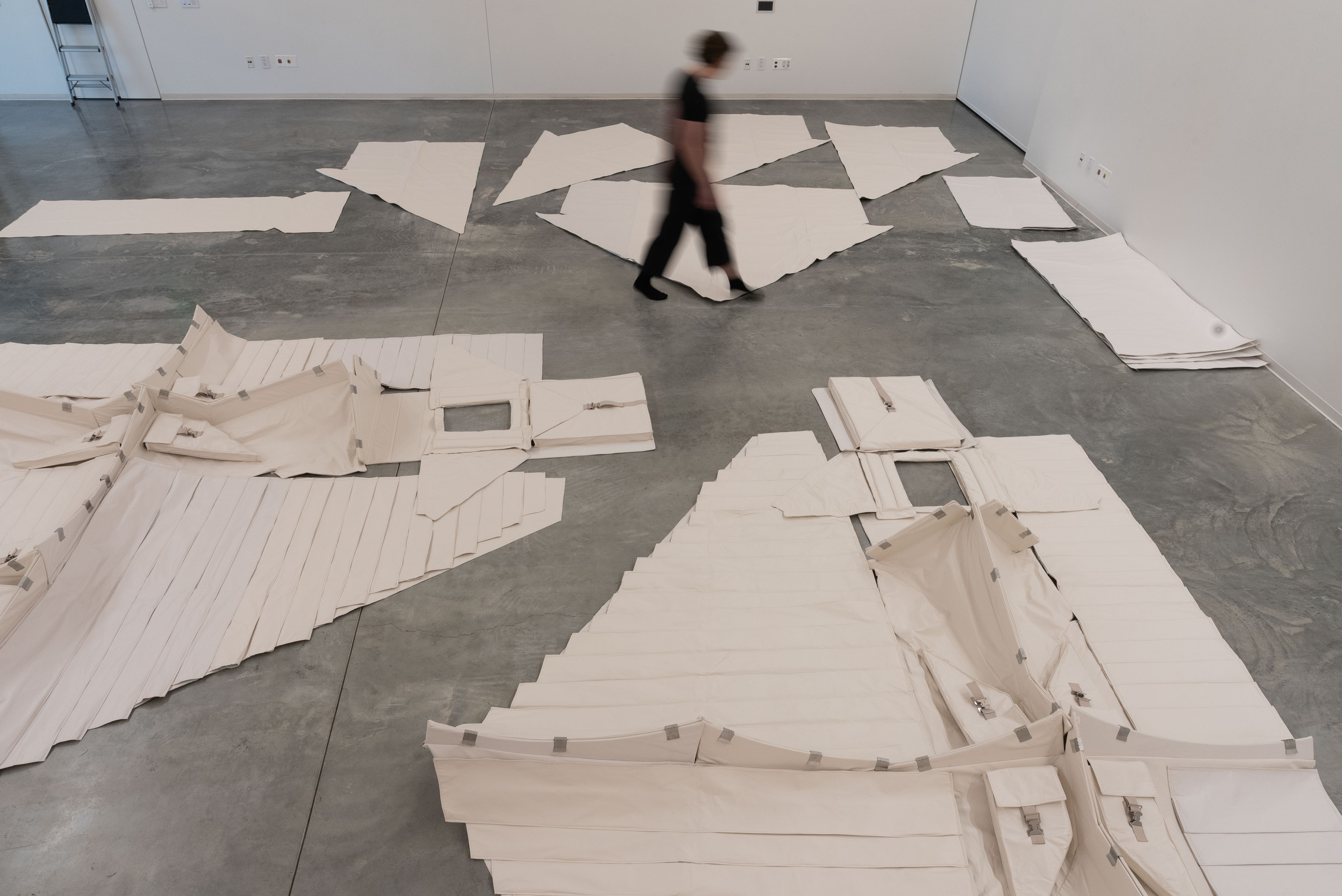
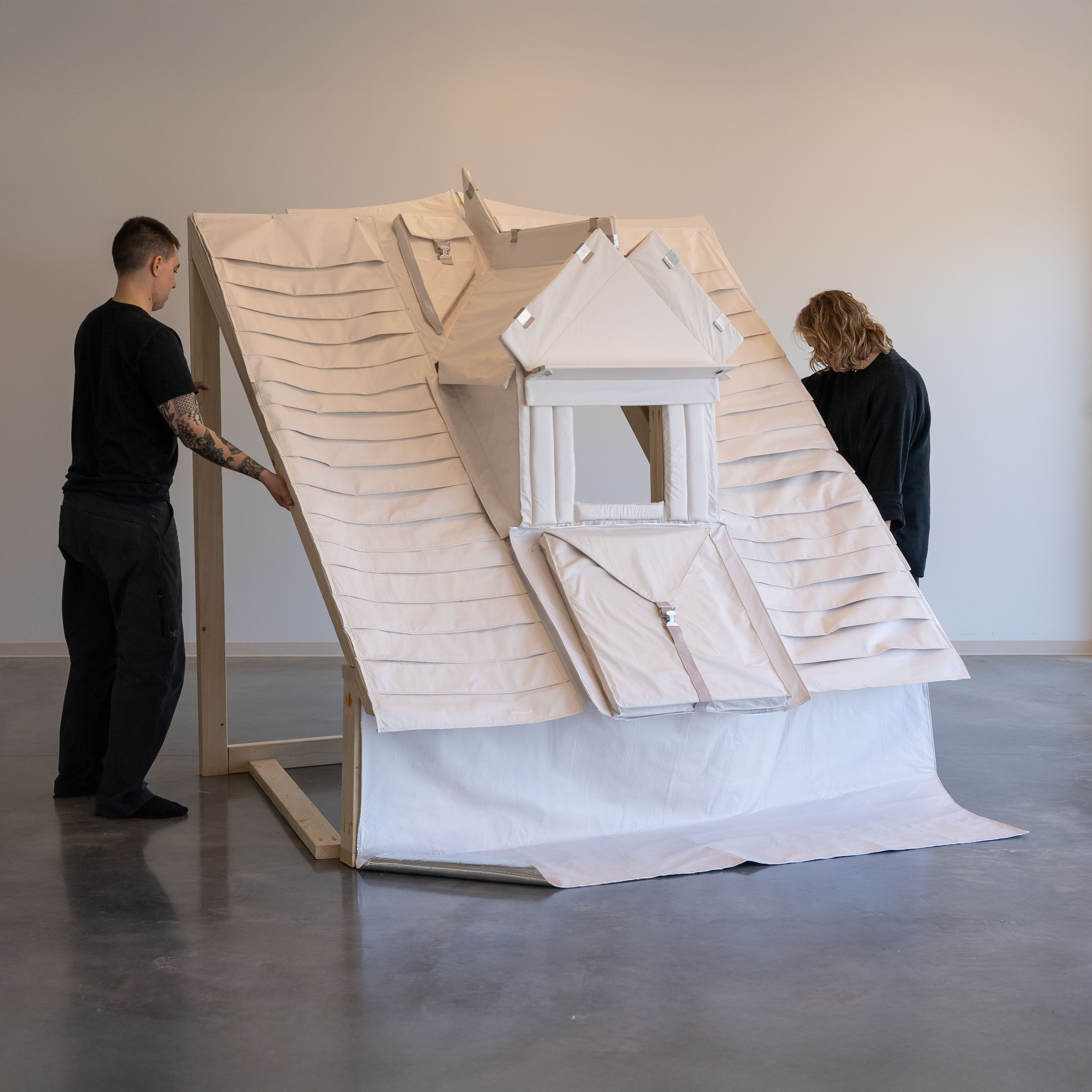
After the Fact:
Kenzō Tange Chair Pavilion
... another experiment in architectural fact-making
Kenzō Tange Chair Pavilion
... another experiment in architectural fact-making
Type: Installation
Site: Cambridge, MA
Date: 2022
School: Harvard University, Graduate School of Design
... with Sam Hanson Sheffer, McCloy Leonard, Kate Robinson
Site: Cambridge, MA
Date: 2022
School: Harvard University, Graduate School of Design
... with Sam Hanson Sheffer, McCloy Leonard, Kate Robinson
This project proposes the insertion of an architectural fact-making device—a wall—in dialogue with the Kenzō Tange Chair Pavilion, American Architecture (Model).
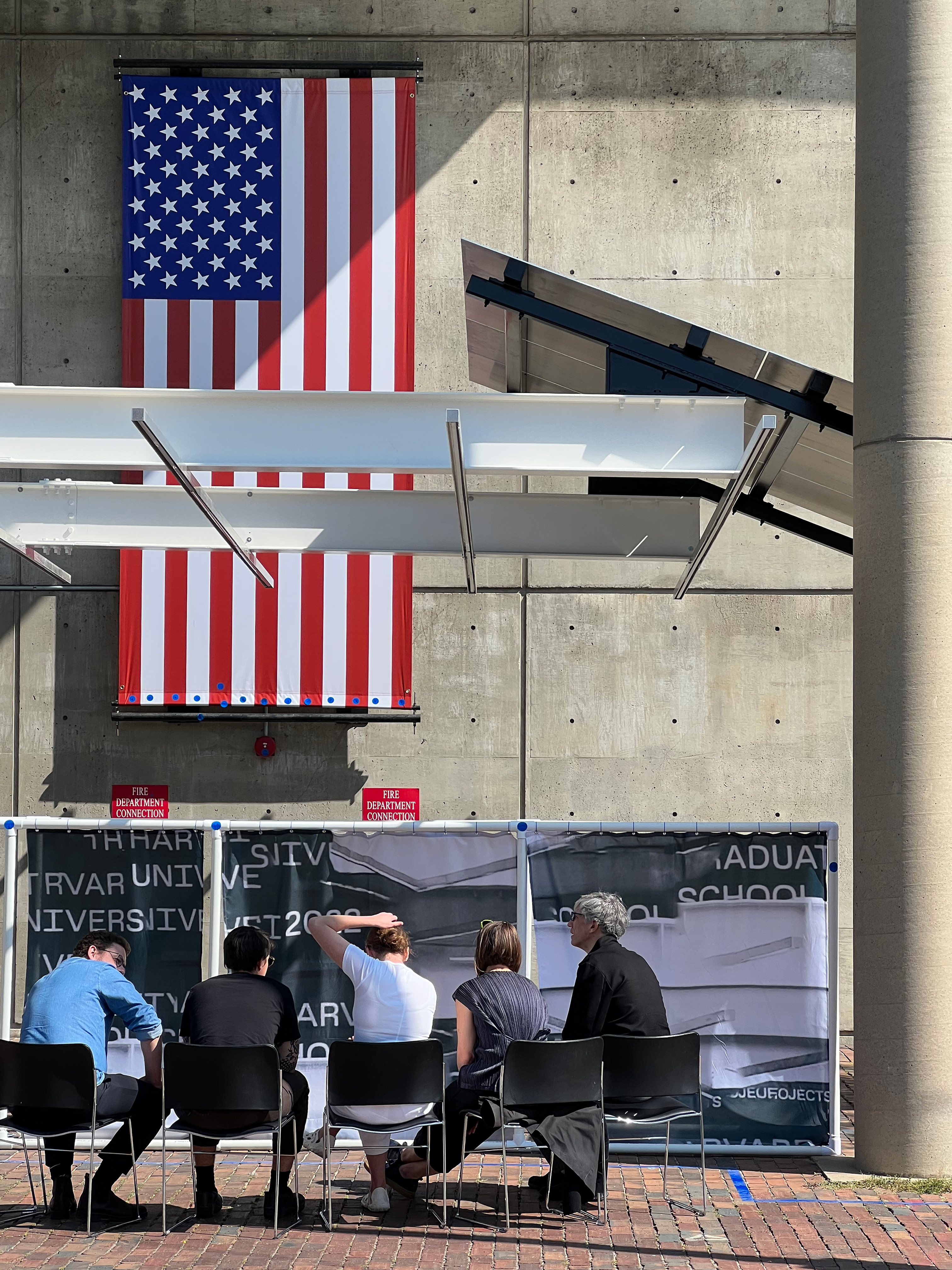




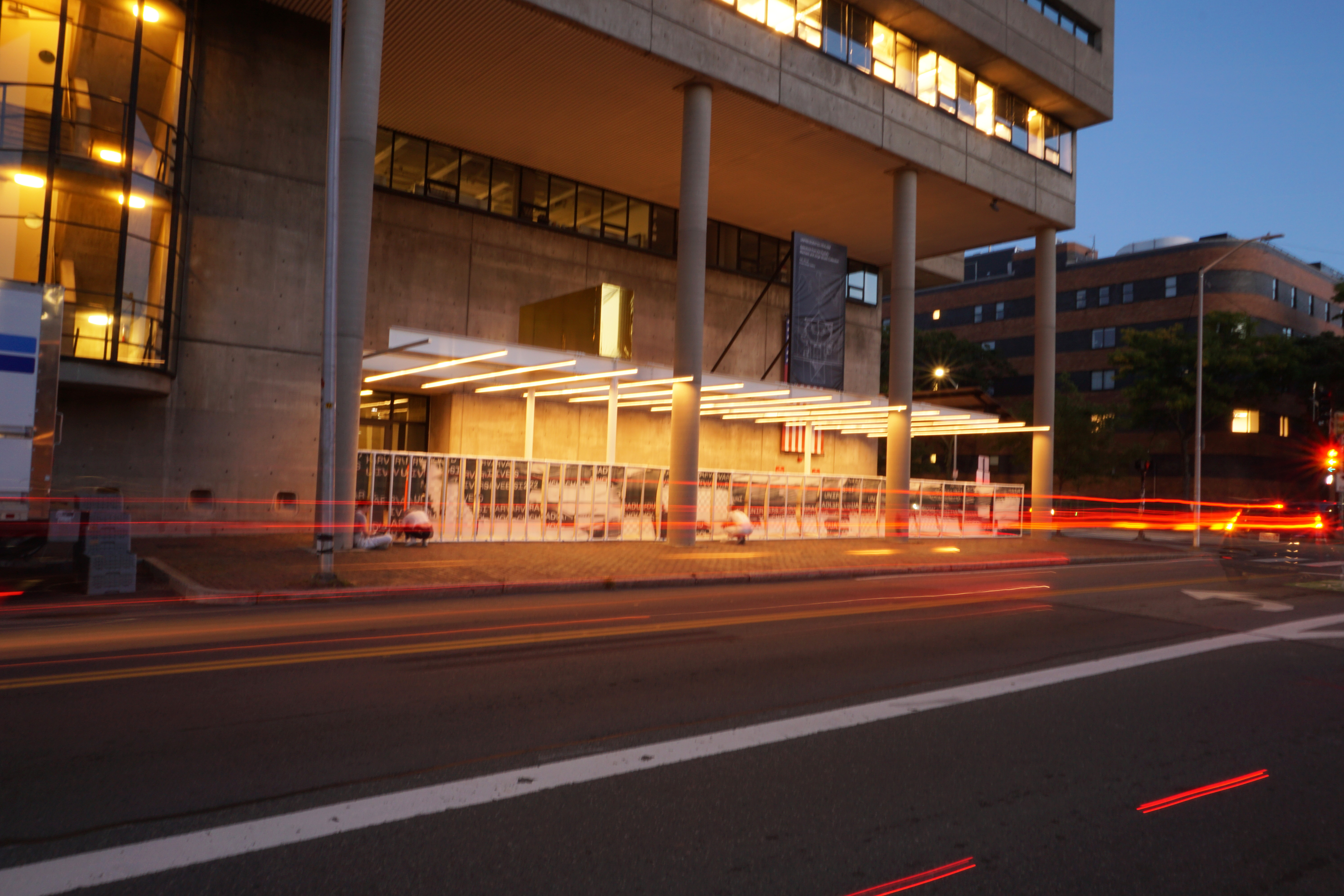


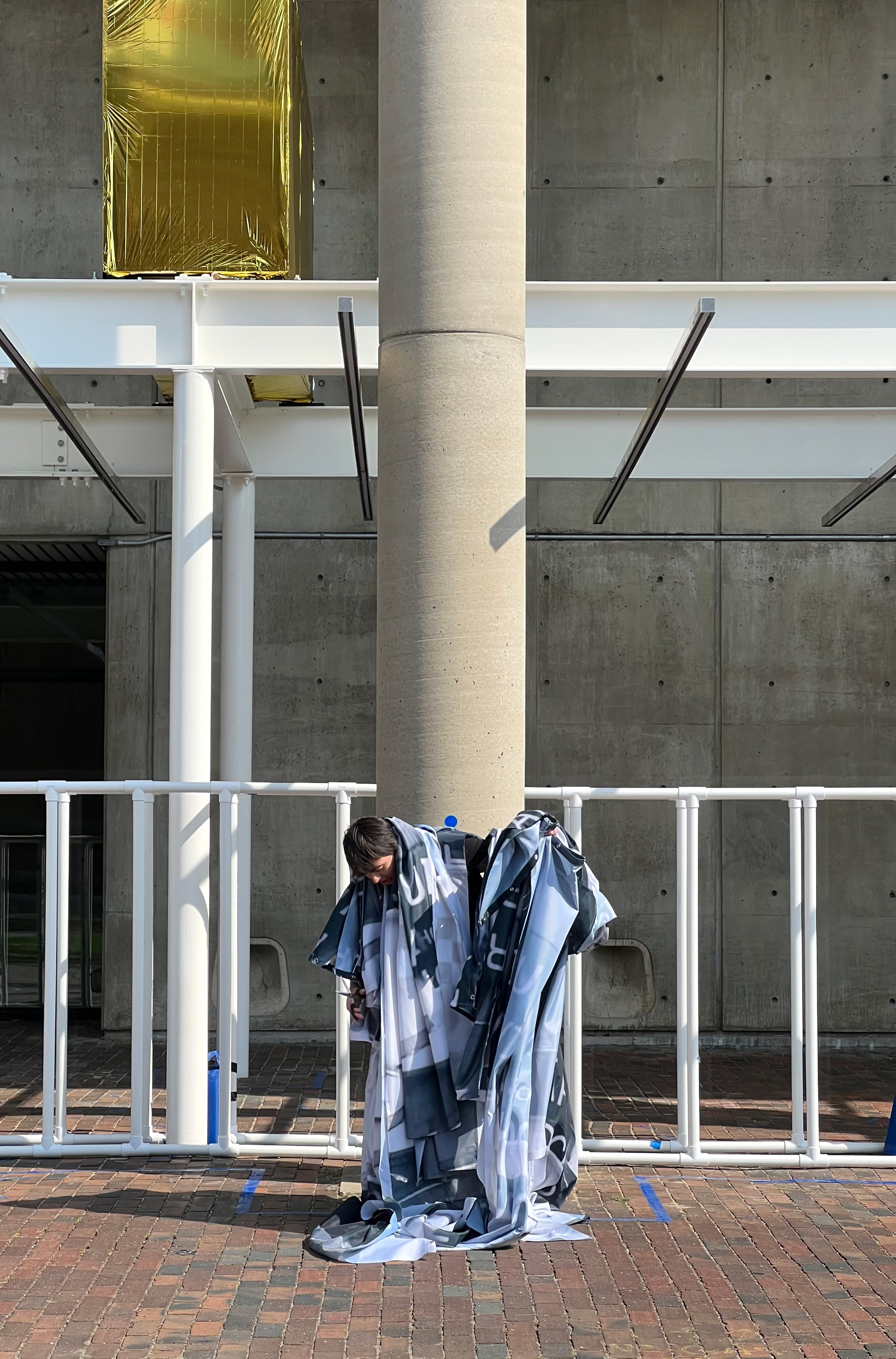
De Facto Providence:
Sites, Publics, and Assemblages
... an advanced option studio
Sites, Publics, and Assemblages
... an advanced option studio
Course: Advanced Option Studio
Site: Providence, RI
Date: 2025
School: Rhode Island School of Design
Site: Providence, RI
Date: 2025
School: Rhode Island School of Design
This studio asked students to extrapolate de facto systems in order to propose new architectural facts for the city of Providence.
De facto is a legal term for a set of prevalent practices that have not been formally recognized. These informal practices often come about by way of publics—or rather a collective body that chooses to forego standardization practices in favor of something more... informal. De facto architecture, therefore, can be understood as spatial assemblages that have achieved a dominant urban status by way of public persistence.
Approaching the city of Providence as an urban laboratory, students will identify sites within the “Knowledge District” for experimentation and propose architectural facts in order to produce de facto public spaces. Rather than focusing on a single typology, program or site, the studio will work collectively to address a range of public spaces, varying in scale, within Providence’s Knowledge District.
De facto is a legal term for a set of prevalent practices that have not been formally recognized. These informal practices often come about by way of publics—or rather a collective body that chooses to forego standardization practices in favor of something more... informal. De facto architecture, therefore, can be understood as spatial assemblages that have achieved a dominant urban status by way of public persistence.
Approaching the city of Providence as an urban laboratory, students will identify sites within the “Knowledge District” for experimentation and propose architectural facts in order to produce de facto public spaces. Rather than focusing on a single typology, program or site, the studio will work collectively to address a range of public spaces, varying in scale, within Providence’s Knowledge District.

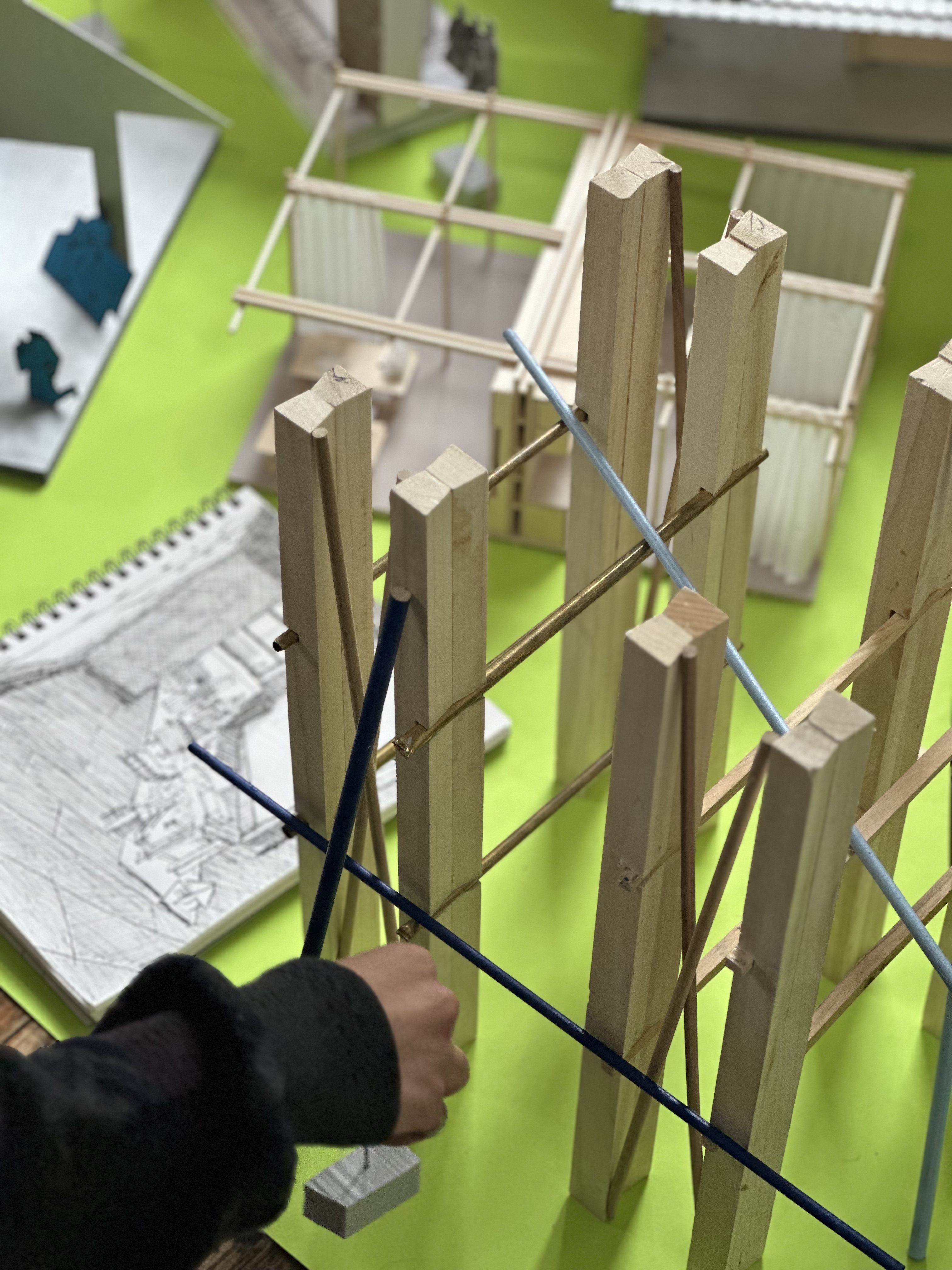
De Facto Providence:
Sites, Publics, and Assemblages
... a de facto exhibition
Sites, Publics, and Assemblages
... a de facto exhibition
De facto is a legal term for a set of prevalent practices that have not been formally recognized. These informal practices often come about by way of publics—or rather a collective body that chooses to forego standardization practices in favor of something more... informal.
In sticking with this theme, the studio hosted a “de facto” exhibition on Moore Terrace, a public outdoor space on the RISD campus.
In sticking with this theme, the studio hosted a “de facto” exhibition on Moore Terrace, a public outdoor space on the RISD campus.




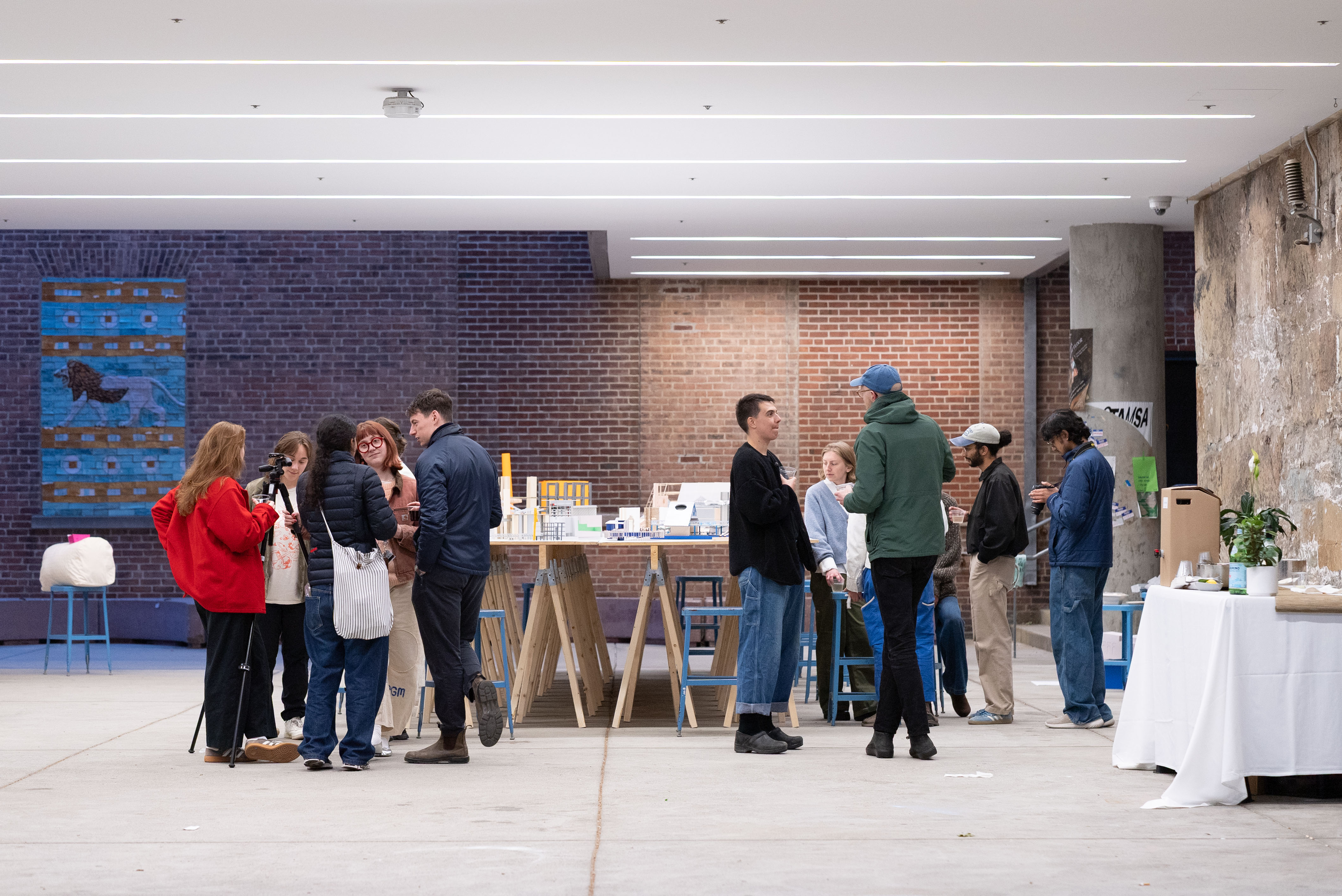
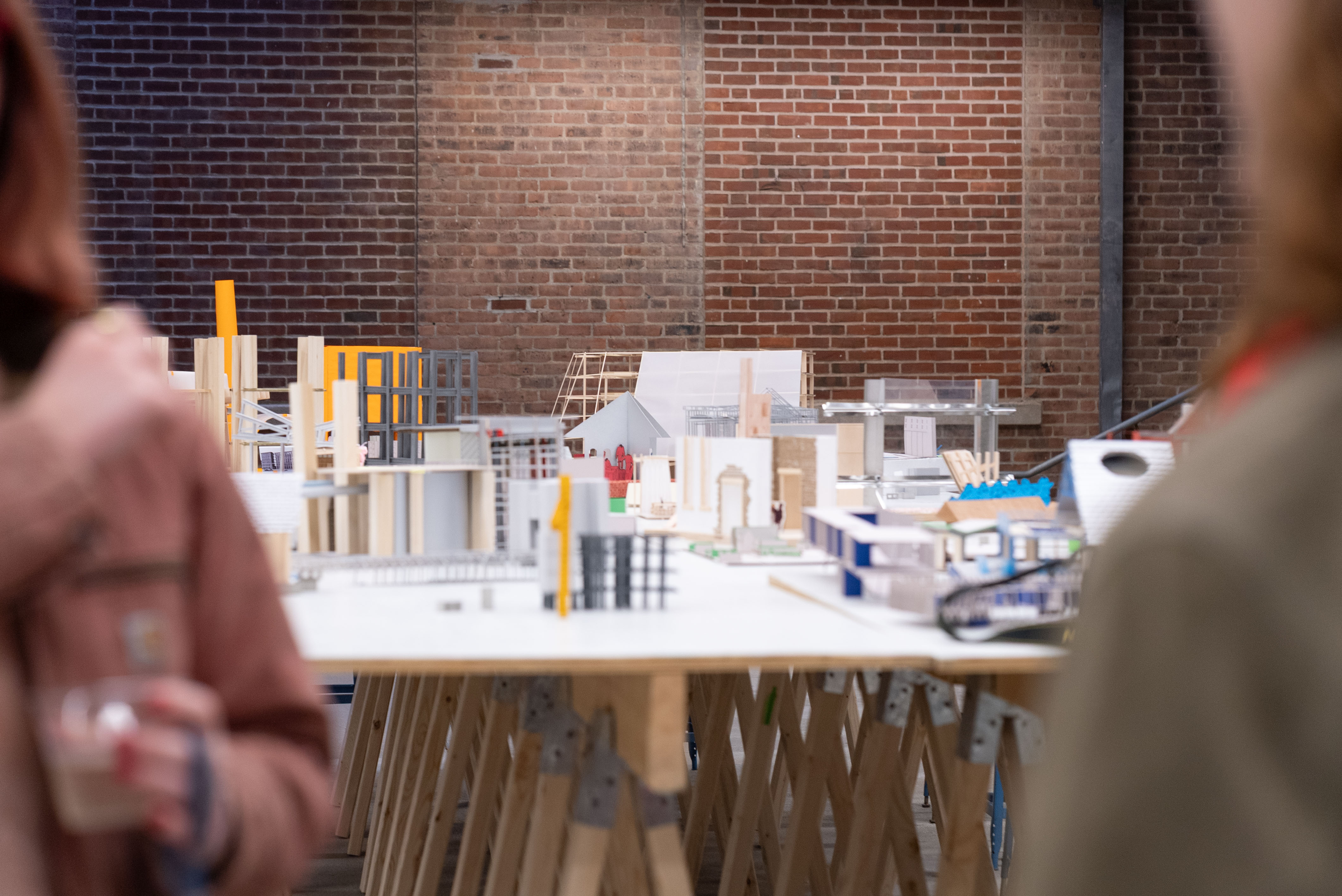

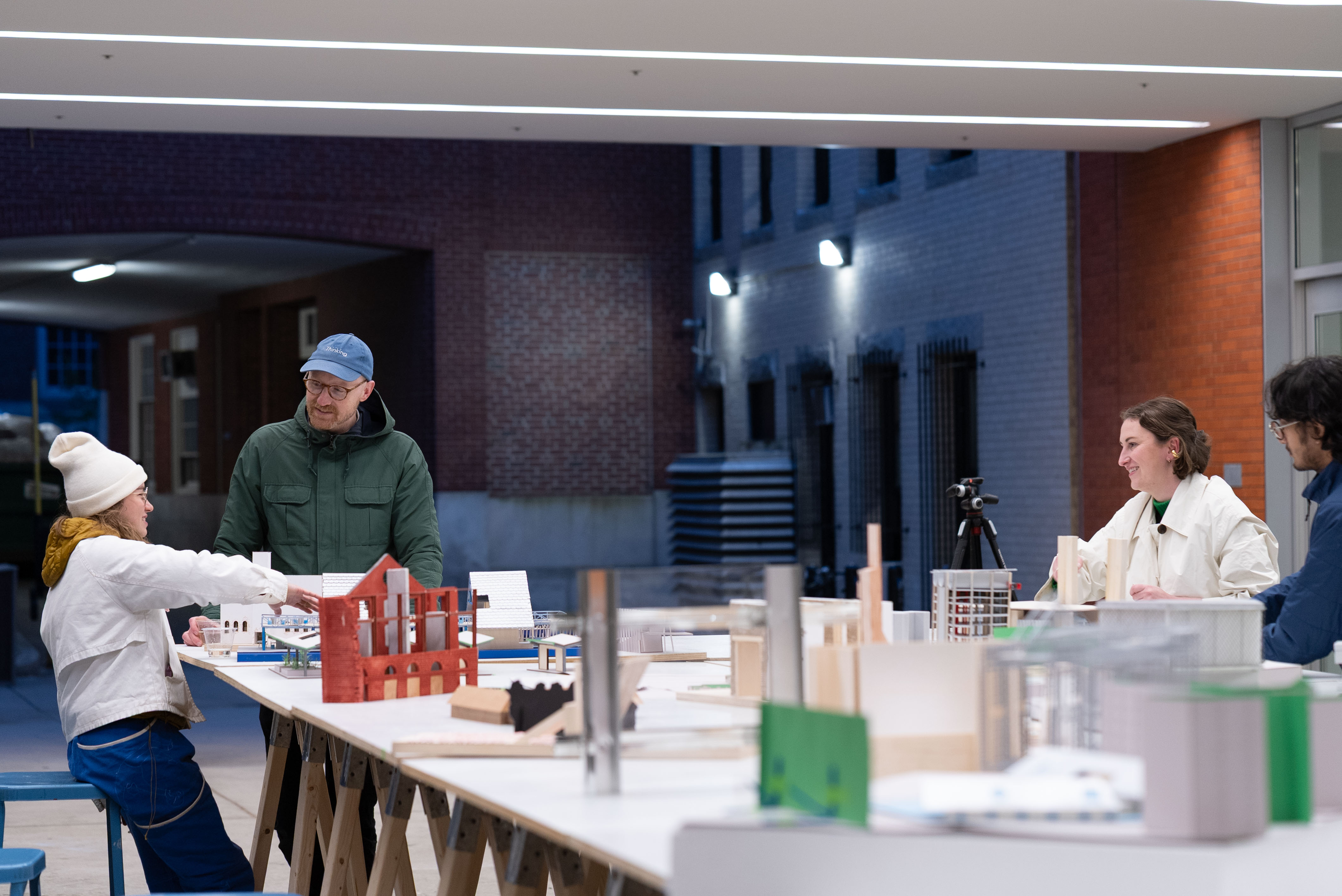

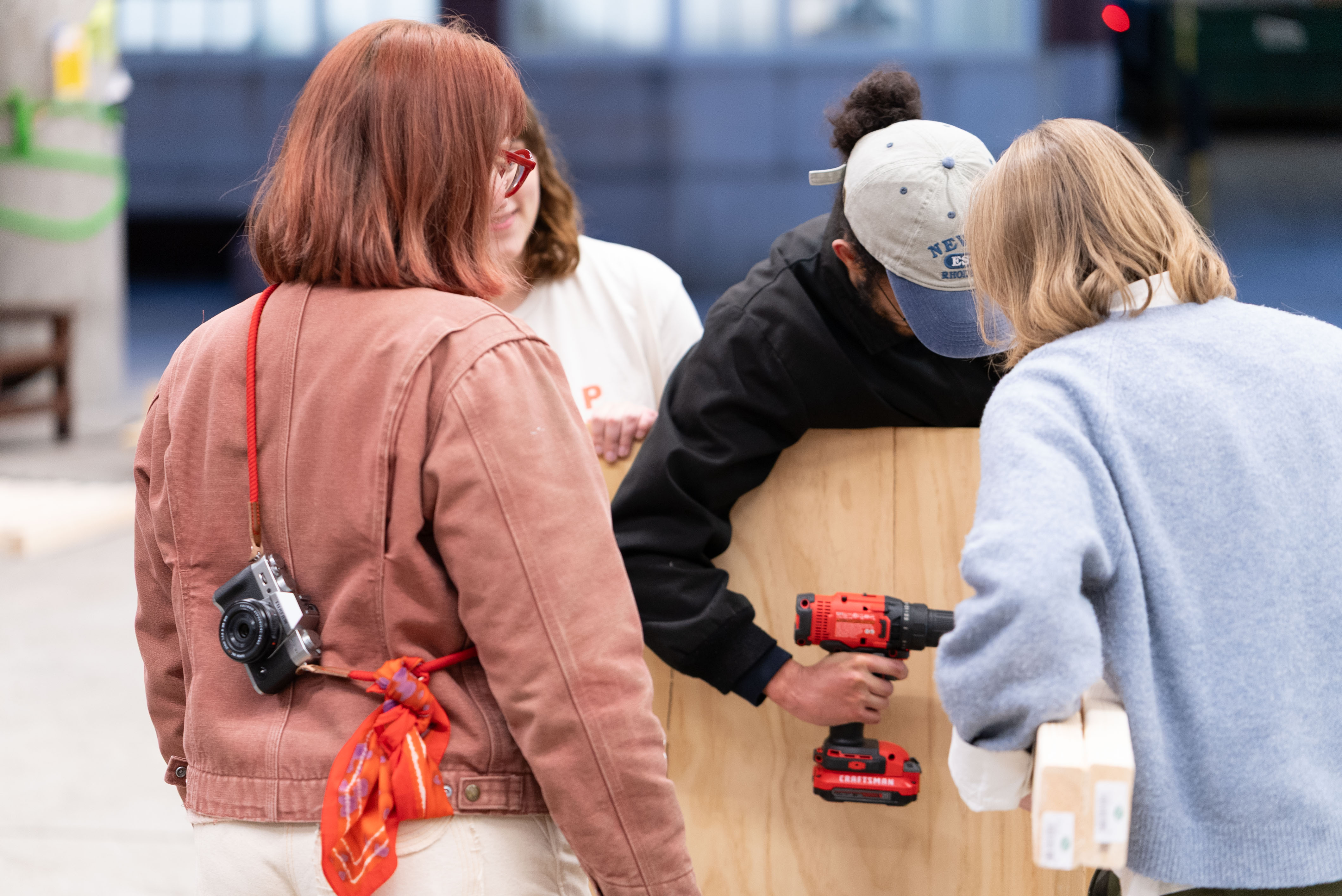
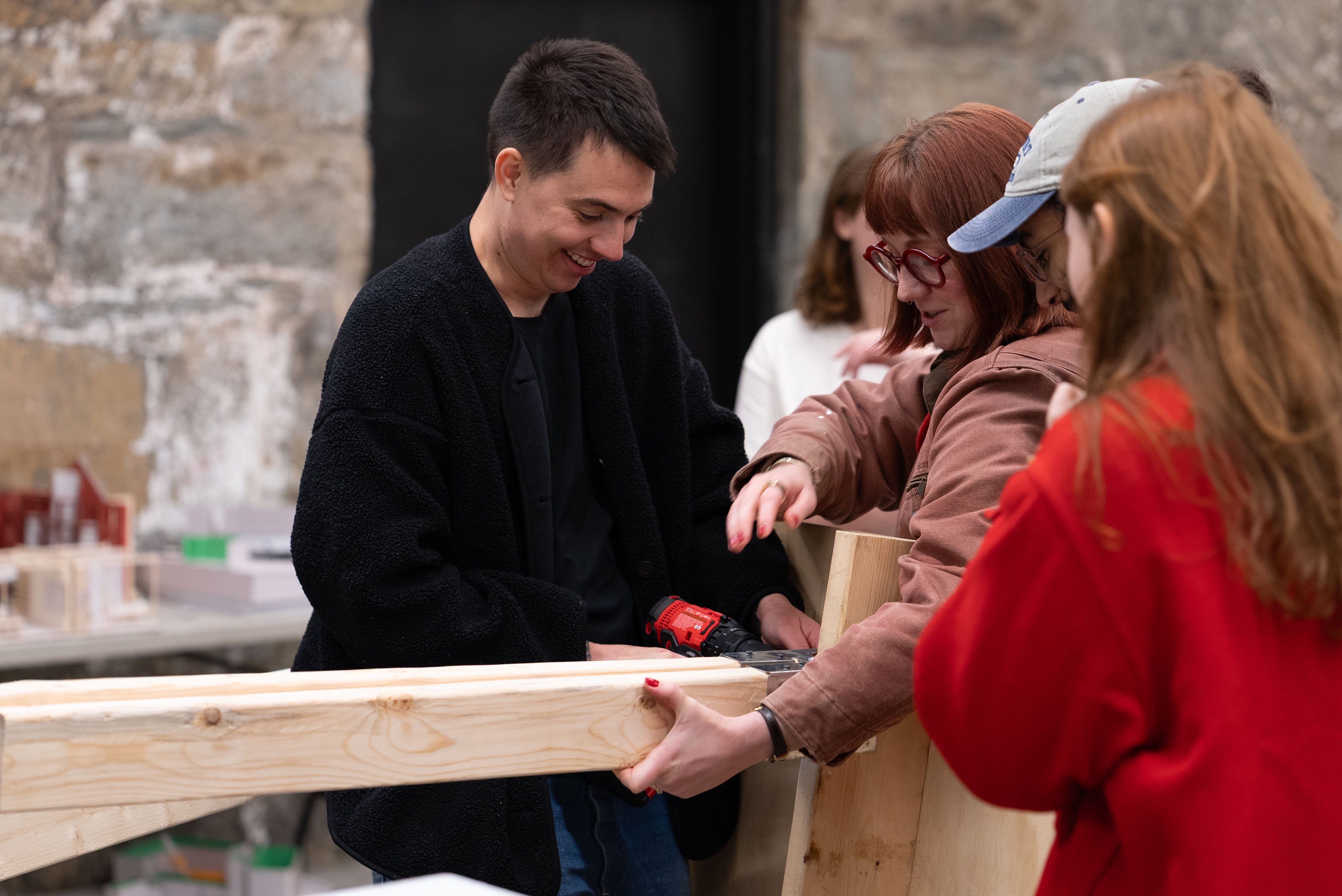




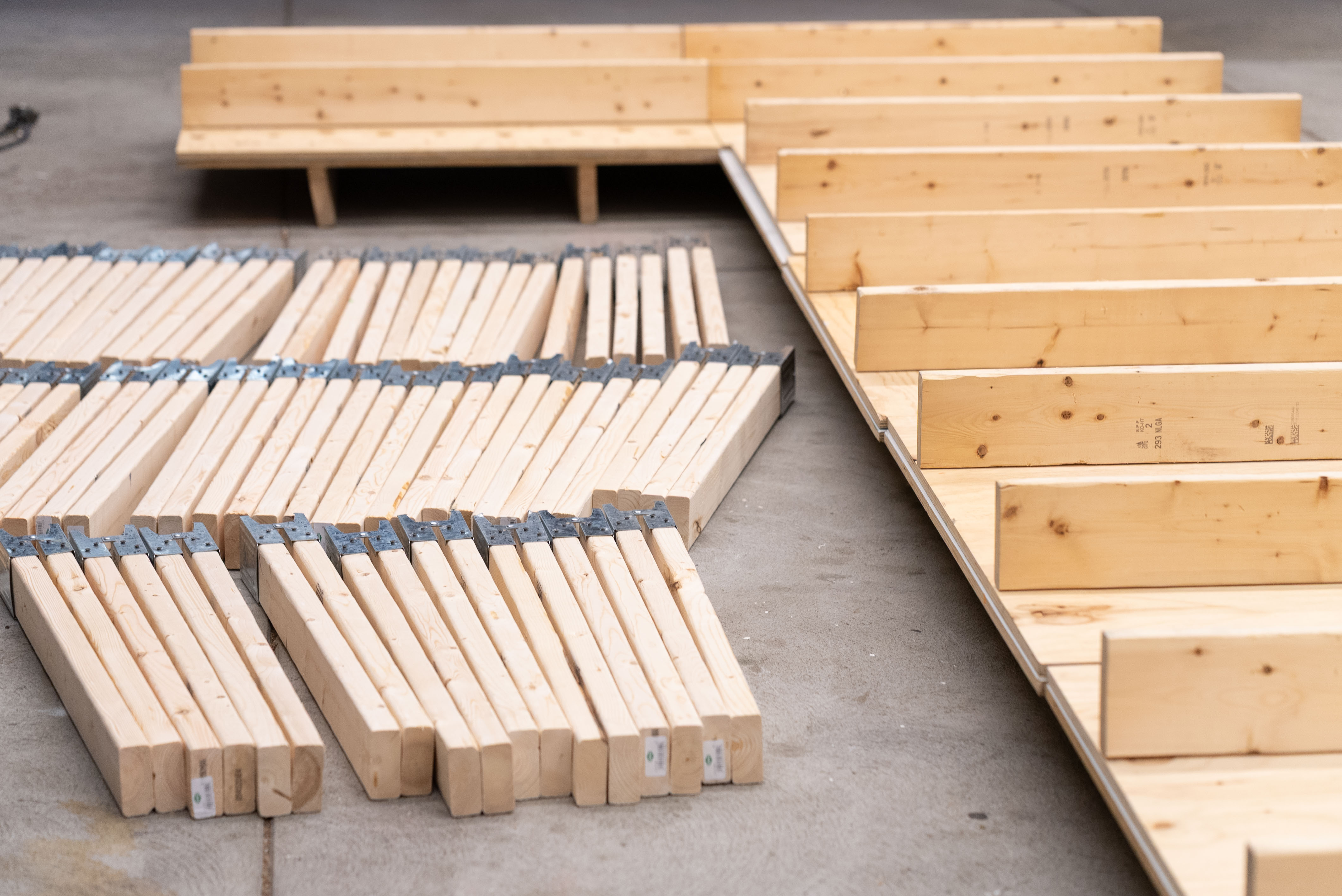
John Akomfrah:
Listening All Night to the Rain
... the Great British Pavilion at the 2024 Venice Art Biennale
Listening All Night to the Rain
... the Great British Pavilion at the 2024 Venice Art Biennale
Type: Exhibition Design
Site: Venice, Italy
Date: 2024
... with Jessica Reynolds as part of vPPR Architects and the British Council for the Arts
Site: Venice, Italy
Date: 2024
... with Jessica Reynolds as part of vPPR Architects and the British Council for the Arts
- Featured on the Architectural Association Website
- Featured on the Harvard Graduate School of Design Website
Exploring post-colonialism, environmental devastation and the politics of aesthetics, Listening All Night To The Rain is Akomfrah’s boldest and most ambitious commission to date. The exhibition brings together eight interlocking and overlapping multimedia and sound installations into a single and immersive environment that tells stories of migrant diasporas in Britain. The exhibition tells global stories through the ‘memories’ of people who represent migrant communities in Britain and examines how multiple geopolitical narratives are reflected in the experiences of diasporic people more broadly.










